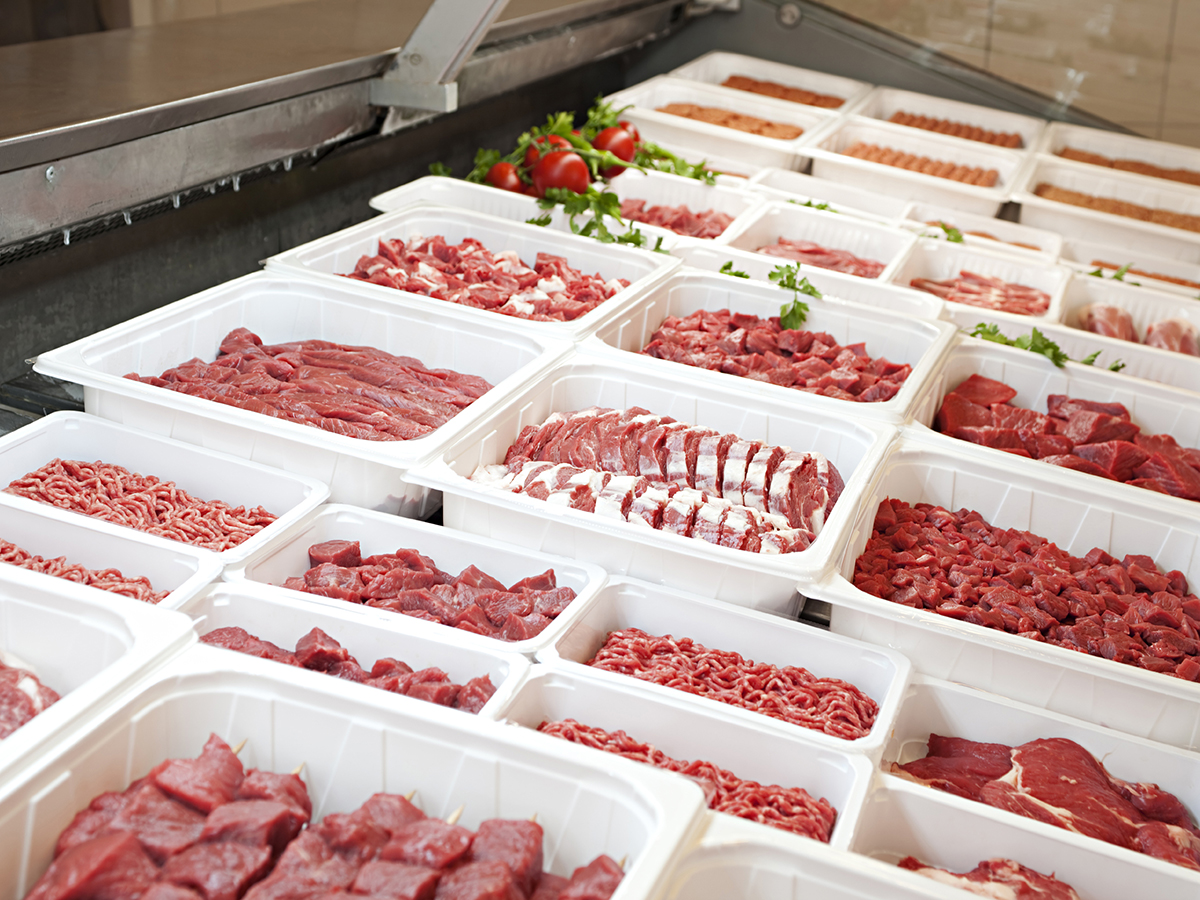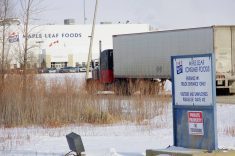SASKATOON — High meat prices haven’t deterred consumers, particularly in the United States, from spending money on animal protein.
Market analyst Kevin Grier said despite numerous threats over many years, from concerns about red meat consumption to the arrival of plant-based “meat,” the per capita consumption of beef, pork and chicken has continued to rise.
He told the Saskatchewan Beef Industry Conference that demand is more pronounced in the U.S. but it’s also up in Canada.
Read Also

Short rapeseed crop may put China in a bind
Industry thinks China’s rapeseed crop is way smaller than the official government estimate. The country’s canola imports will also be down, so there will be a lot of unmet demand.
That’s good news for beef producers who now face the newer threat of tariffs.
Grier said he expects the tariffs won’t last long, but they will have an effect, he said.
The U.S. imports a lot of beef to meet demand because domestic production has declined.
“They’re importing so much beef they’re like a magnet,” he said.
Canada is holding its own in terms of beef demand, but Grier said he has noticed fewer front-page features on grocery flyers.
For 2025, he forecasts a decline in beef supply and an average cattle price of US$205 (per hundredweight), although he noted that in late January, some in Nebraska were asking $220.
“Even a month ago, for me to put an average price of $205 up there, I would be too afraid to. I would say it’s impossible. And now the futures are forecasting an average of $210,” he said.
“It’s just astounding, and the only possible way this can happen is because of demand.”
Two new packing plants are coming on stream this year in the U.S., which is also due to demand.
The feeder market will go higher this year, he said. Last year ended with an average feeder index of around $248 per cwt. Grier said that could go higher.
Alberta calves typically average about $30 higher than the U.S. feeder futures, but last year averaged $80 higher.
“If you thought the United States was on fire in terms of feeder cattle prices, well the Prairies put them in the dust,” he said.
Calves in Canada averaged about $430 per cwt. last year.
“Based on where I think the U.S. is going, based on the dollar … you can make a logical argument for $440, $445,” he said.
Those prices even allow a margin for cattle feeders, given how the fed cattle price looks, he said.
The Livestock Marketing Information Centre in the U.S. is showing tremendous cow-calf returns over cash costs for this year and next.
“These margins are things that we haven’t seen before,” Grier said.
There are concerns, however.
The drought monitor looks better than last year but is still “sketchy,” he said, and corn futures are not good news for cow-calf producers.
He described packer earnings as ugly with nothing to indicate improvement. The strong demand is not supporting a cutout that would support a margin for packers, he said.
Grier said based on the number of cattle he believes is heading for slaughter, he wouldn’t be surprised if some companies closed a couple of older plants or cut shifts.
He forecast U.S. marketings in the first half of the year similar to 2024. Based on the inventory and cattle-on- feed reports, he said about 21.3 million head of fed cattle will go to slaughter.
“We’re going to kill in the United States maybe two percent less fed cattle than in 2024,” he said.
Cow slaughter is more difficult to calculate, but he said it’s likely to be down in 2025.
In 2024, cow slaughter was down about 17 per cent and it will be down about five per cent this year.
“When you put it all together, I have my total cattle slaughter down about three per cent in 2025 compared to 2024,” Grier said.
He added the risk for feeders is “astronomical.”
Each packer will deal with the tariffs differently, Grier said, but ultimately fewer cattle will be slaughtered and moving to the United States. He could foresee Canadian packers having to shut down for one day a week because they rely on shipping 20 per cent of their production south.
Meanwhile, Canadian Cattle Association vice-president Tyler Fulton told the conference a study it commissioned projects at least a 13 per cent drop in wholesale beef prices at the 25 percent tariff rate.
“At a very high level in their model, it suggests that the U.S. economy would probably shrink by about four per cent in the medium term,” Fulton said of the study done by a former U.S. Department of Agriculture economist.
The exchange rate will offset the tariffs somewhat.
Contact karen.briere@producer.com
















